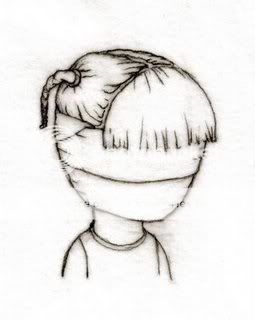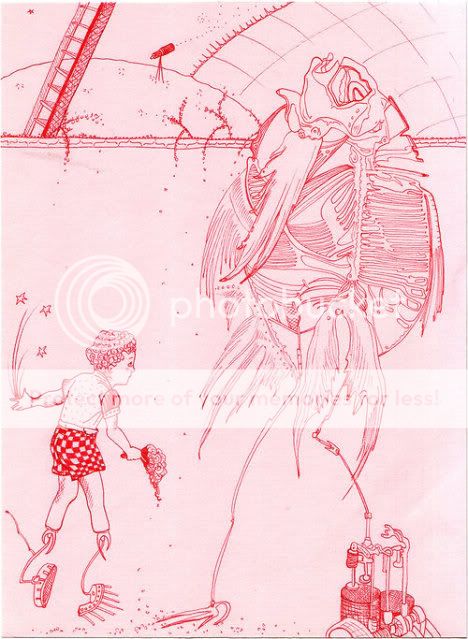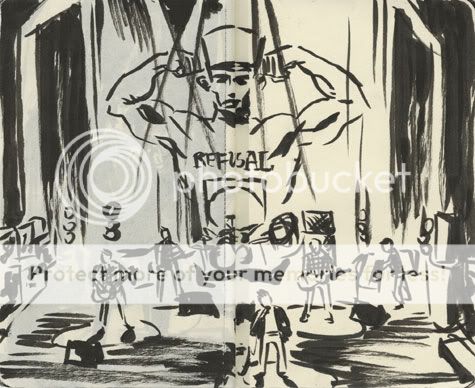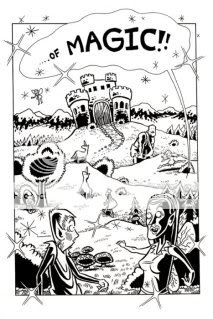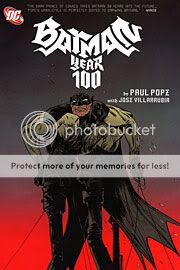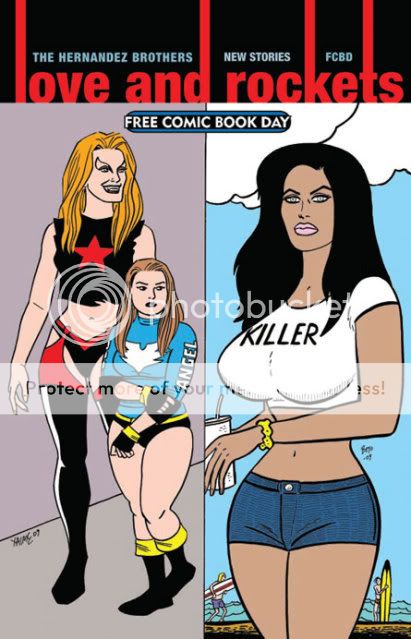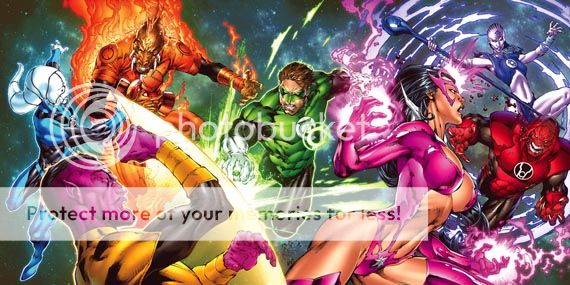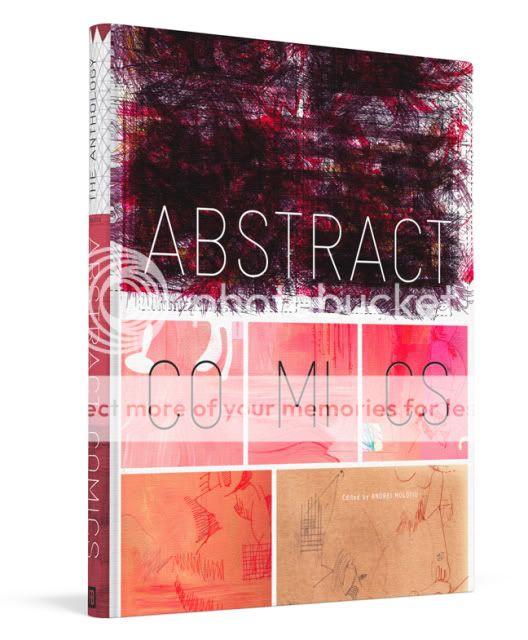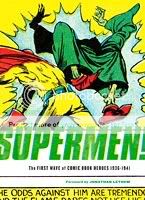SPOILER ALERT
* I feel bad for last night’s episode because I’d allowed my expectations to be super super super high. It was gonna be a Ben episode, indeed a Ben and Locke episode. It was co-written by Brian K. Vaughan and Deadwood vet Elizabeth Sarnoff. The Monster was gonna be involved somehow. We were gonna get some flashbacks to Ben’s past on the Island. Probably a lot of mythology stuff would be revealed, probably something involving the Temple. The two best actors on the show were going to get a showcase. You’d get payoff for Ben’s murder of Locke. And on and on and on. In the words of Todd Van Der Werff last week, “If that is not the greatest episode in the history of television, it will be a letdown.”
* And so, contra Todd this week, I think it was a letdown. Not a huge one or anything–it just wasn’t THE BEST EPISODE EVAR, nor even the best episode of the season, nor in my view even one of the best episodes of the season. It was just good, very good at times but not at all times.
* The big problem, for me, is Ben. Listen, I think Ben is one of the all-time great television characters, and I think Michael Emerson is serving up one of the all-time great television performances. As I’ve said in the past, compare and contrast the mid-season-two emergence of Emerson’s Ben as the show’s Big Bad with that of Kenneth Welsh’s Windom Earle in Twin Peaks and you can see how the former show basically became what it was to become with the character/actor/antagonist’s introduction while the latter gave up the ghost.
But I think you run into difficult, dangerous territory as storytellers when one of your main characters lies about everything all the time.
It’s not just that Ben takes “unreliable narrator” to soaring new heights when it comes to doling out information about the Island/Others mythology, both because he’s the show’s primary source on that score and because he just lies his ass off constantly. It actually starts to become an impediment just in basic character-based drama terms. In his post this week, Van Der Werff points out how difficult a task Emerson has in that he himself likely has no clue whether or not he’s telling the truth at any given time, because the writers often haven’t decided yet, so he therefore has to say everything as though he could be full of shit or perfectly sincere. That’s rough enough on our ability to process a narrative when it’s just a question of whether or not, I dunno, the Temple is half mile inside the walls, but it really plays havoc on our ability to get a handle on the emotional center of the character, and by extension, sometimes that of the story.
In this particular episode we saw that take place in Ben’s separate conversations regarding Locke’s death and resurrection. To Locke, he says that he believed Locke would rise again–he wasn’t sure, he couldn’t be until he saw it happen (like Doubting Thomas–callback!), but he had faith that it would happen and he was glad that it did. To Sun, he says he had no idea Locke would come back from the dead–he’d never seen anything like that happen, and the fact that it had scared the shit out of him. Naturally, given the nature of Ben and the nature of the writing done for Ben per Van Der Werff’s observation, he says both these contradictory things with his trademark blend of utter sincerity and unctuous weaseliness. Which one is true? Who the fuck knows? That’s undoubtedly part of the pleasure of Ben, but without enough context clues for us to figure out which is real and which is bull, it becomes extremely difficult for us to figure out how Ben is feeling when various things happen to him later on.
Case in point: Ben’s final scene with the Smoke Monster and “Alex.” It seems to me that we’re probably supposed to feel like Ben really does feel terrible about his role in his daughter’s death, particularly his Peter-style denying of her. Certainly that’s what the flashback material involving his kidnapping of Alex from Rousseau years ago would imply. Therefore it’s reasonable to believe that he’s genuinely traumatized when the Alex simulacrum shows up, slams him around, and tells him to tuck his tail between his legs and jump whenever Locke says “frog”–it’s not just that he resents no longer being King Shit of Turd Island, it’s that having the message delivered in the form of the daughter he failed and betrayed really did devastate him.
However, we’re so accustomed to seeing Ben pretend to care about someone, only to immediately turn around and choke them to death or whatever, that I spent the whole sequence feeling like 90% of his reaction was a put-on. Obviously inside the smoke monster he’s got no audience to play to, and it’s reasonable to assume that some part of him really does feel bad that he got his daughter killed. But before he falls into Smokey’s chamber and he’s telling Locke that he’s here to be judged for his role in Alex’s death, and after his “this is your life” routine inside Smokey ends and “Alex” shows up and he’s all walking toward her crying and apologizing like Norman Osborn taking off his Green Goblin mask and thanking God for Peter Parker’s intervention in that weird scene at the end of the first Spider-Man movie–it felt like he was bullshitting. And if he wasn’t, that’s a problem for the creators of the show, because it’s precisely at moments like these that the audience really does require some kind of certainty, some kind of true north, in order for the emotional impact of such scenes to really come through.
I mean, what was the point of Ben telling Caesar that Locke was forcing him to go on the boat ride if he was just going to turn around and kill the guy the second he tried to stop them from leaving, which is precisely what the lie about Locke coercing Ben would lead him to do? Unless Ben was deliberately trying to provoke a confrontation and give himself an excuse to plug another potential alpha male, which I admit is well within the realm of possibility, it was just lying for lying’s sake. And I can’t be the only person who had this sort of exchange in mind later on in the episode when trying to figure out whether or not I should feel bad for Ben’s heartbreak when his dead daughter smacks him around.
My point (and taking this long to get to it is going to be kind of ironic to you when you see what it is) is that in narrative terms, Ben’s dialogue is a waste of time. We can’t trust a word he says, so it’s useless to us in terms of both the emotional and plot-based information it conveys. Sure, it establishes that Ben is a manipulative liar who can’t be trusted, but, uh, duh. At a certain point it becomes a character-sized version of the liar paradox: Ben Linus is false. Where can we go from there?
* That said, this episode still had much to recommend it. I particularly enjoyed Locke’s newfound devil-may-care confidence, something he gets to display maybe every other season or so–my hope is that he won’t get fooled again and this smiling, cocksure Resurrected Locke has learned his lessons and finally knows he’s the real deal. Kind of like Gandalf the White versus Gandalf the Grey, if you will.
* There were also some lovely images, as almost always. I was rather smitten with that long shot of Ben and Locke walking on the main Island’s dock. Again, it’s not the kind of shot the show usually goes for.
* The editing during Ben’s confrontation with Desmond and Penny was genuinely thrilling, wasn’t it? The urgency of it all made Ben’s reasoning sound all the more childish and absurd: He just matter-of-factly plugged a guy carrying groceries and is about to execute an innocent woman who has nothing to do with his actual enemy because “your father is a terrible human being”? It seemed to me that the brutal beating Desmond inflicted on him was just a physical embodiment of Ben’s own realization that he was behaving in a completely unsupportable and terrible fashion. Plus, it was a satisfying twist on our expectations for Ben not to have killed Penny, which I think everyone assumed happen and moreover everyone assumed to be the reason for what everyone assumed would be Desmond’s return to the Island. On the other hand, of all the things Ben could have chosen to tell Sun to apologize for on his behalf, I feel like not actually killing someone would have been pretty low on the totem pole.
* So (if Ben can be believed, which, see above) he really didn’t remember the presence of the castaways back in the ’70s. This raises a question about Richard, who has no such Temple-healing-based memory loss, doesn’t it? It seems like he’s the power behind the throne no matter who’s nominally in charge, maneuvering Ben to dethrone Widmore and doing the same thing with Locke and Ben years later. So will the “you knew all along???” confrontation I once expected to take place between the castaways and Ben now happen between Ben and Richard?
* I’m kicking myself for giving so much mental and blog airtime to the “we’re in an alternate timeline because there’s still Dharma stuff hanging up in New Otherton” theorizing. It’s not something I ever would have given any thought to if I hadn’t read it on the Internet, and if I’m being honest I think I did remember still seeing plenty of Dharma logos amid all the Others’ buildings in the past, so hunting for a zebra based on those hoofprints has me feeling the fool. Oh well, you win some, you lose some, and some get disrupted by the smoke monster.
* Was it me or did Ben recognize Christian’s name, and presumably the import of that name?
* I liked how in the brief time Lapidus spent away from the new castaways, some new kind of crazy alliance with its own inscrutable catchphrases popped up. That shit happens all the time around here!
* I also really liked that Caesar has already gone the way of the dodo. I don’t care how many times Lost introduces major characters only to kill them off–I fall for it every time!
* So do you think the last shot of the season is going to be “meet Jacob” or what?








